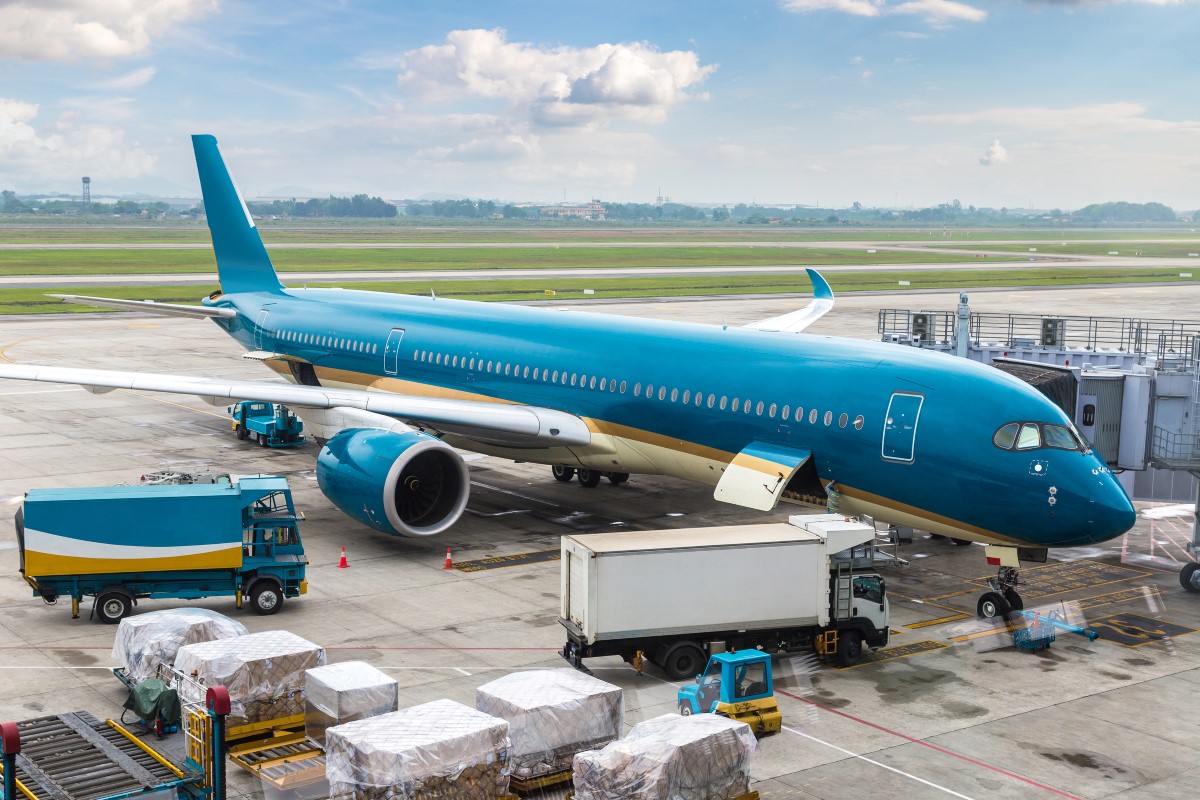What is an Air Waybill: Role, types and importance in shipping
In the fast-paced world of international shipping, few documents hold as much importance as the air waybill (AWB). This seemingly simple document is the unsung hero of airfreight, playing a critical role in everything from ensuring smooth transportation to settling disputes.
What is an Air Waybill?
An AWB is essentially a receipt issued by an airline for goods shipped by air. It serves three key functions:
- Contract of Carriage: It acts as a legally binding agreement between the shipper and the carrier, outlining the terms and conditions of transportation.
- Receipt of Goods: It confirms that the airline has received the goods for shipment and specifies their details (weight, dimensions, nature of goods, etc.).
- Shipment Tracking: It provides a unique tracking number that allows all parties involved (shipper, consignee, carrier) to monitor the shipment’s progress.
Types of Air Waybills
There are three main types of air waybills:
- Master Air Waybill (MAWB): This is the primary AWB issued to the shipper and serves as the main document for the entire shipment.
- House Air Waybill (HAWB): This is issued by a freight forwarder to individual consignees for each consignment within a larger shipment covered by the MAWB.
- Electronic Air Waybill (e-AWB): This is a paperless version of the AWB gaining popularity for its efficiency and environmental benefits.
Importance of the Air Waybill in Shipping
The air waybill is crucial for several reasons:
- Ensures Clarity and Accountability: It clearly defines the responsibilities of each party involved in the shipment, minimizing the risk of disputes and delays.
- Facilitates Smooth Customs Clearance: It contains all the necessary information for customs authorities to efficiently clear the goods at the destination airport.
- Enables Accurate Tracking and Tracing: The unique tracking number allows all stakeholders to track the shipment’s progress in real-time, providing valuable transparency and peace of mind.
- Serves as a Financial Instrument: In some cases, the AWB can be used as a negotiable instrument to secure financing for the shipment.
How to track a shipment using Airway Bill
Patang Global Visibility Platform’s user-friendly air cargo tracking tool allows you to effortlessly track your shipments. Simply enter your unique Airway Bill (AWB) number, which ranges from 10 to 19 characters, and gain instant access to comprehensive tracking information.
Conclusion
The air waybill may seem like just a piece of paper, but its significance in the airfreight industry cannot be overstated. It is a vital document that ensures the smooth, efficient, and secure transportation of goods across borders. So, the next time you see an airplane soaring through the sky, remember the unsung hero quietly playing its part – the air waybill.
Beyond the Blog: Air Waybill FAQs
- Who prepares the Air Waybill? The responsibility for preparing the AWB usually lies with the shipper or their agent. However, the airline may also prepare it in some cases.
- What information does an Air Waybill contain? The AWB includes details such as the shipper’s and consignee’s names and addresses, the nature and weight of the goods, the routing information, and the declared value of the shipment.
- What happens to the Air Waybill after the shipment arrives? The AWB is typically retained by the consignee as proof of delivery. Copies may also be kept by the shipper, the airline, and customs authorities.


